Home>Articles>How To Reset A Samsung Refrigerator After A Power Outage
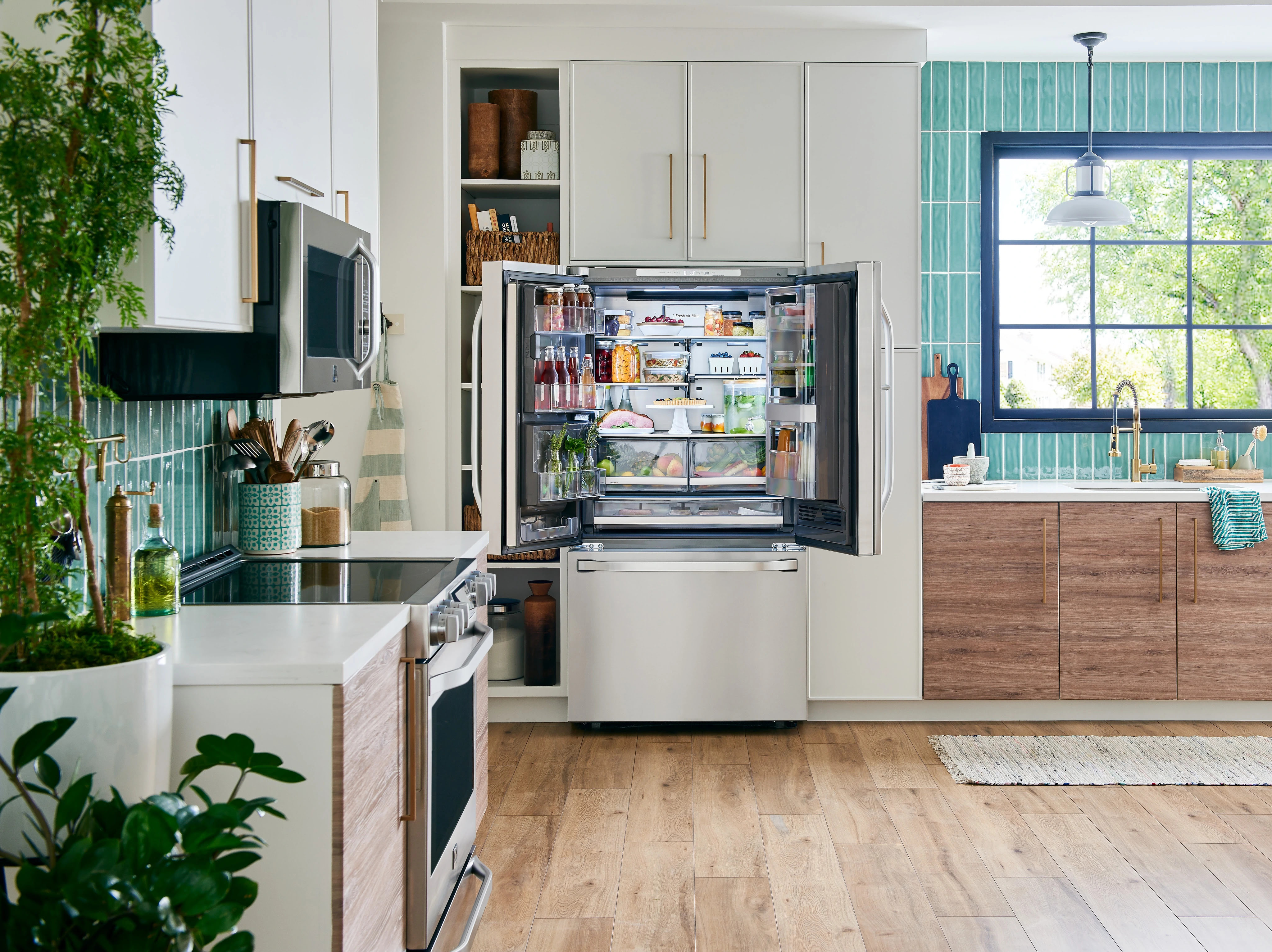

Articles
How To Reset A Samsung Refrigerator After A Power Outage
Modified: October 18, 2024
Learn how to reset your Samsung refrigerator after a power outage with our helpful articles. Ensure your fridge functions optimally without exceeding 160 characters.
(Many of the links in this article redirect to a specific reviewed product. Your purchase of these products through affiliate links helps to generate commission for Storables.com, at no extra cost. Learn more)
Introduction
Welcome to the comprehensive guide on how to reset a Samsung refrigerator after a power outage. Power outages can happen unexpectedly and can disrupt the functioning of your refrigerator. When the power is restored, it’s important to follow the right steps to ensure that your refrigerator is reset properly, allowing it to resume normal operation.
Resetting your Samsung refrigerator after a power outage is a relatively simple process, but it’s crucial to do it correctly to avoid any potential issues. By following the steps outlined in this guide, you can safely reset your refrigerator and restore its cooling capabilities.
Throughout this article, we will walk you through each step of the process, providing you with clear instructions to ensure a smooth and successful reset. Whether you’re a Samsung refrigerator owner or looking to troubleshoot a friend or family member’s appliance, this guide will equip you with the necessary knowledge to reset a Samsung refrigerator after a power outage.
Before we dive into the step-by-step instructions, let’s quickly discuss why the reset process is necessary after a power outage and what can go wrong if it’s not done correctly.
During a power outage, the refrigerator loses its source of power, which can disrupt its internal settings and cause a range of issues. A power surge can occur when the electricity is restored, potentially damaging sensitive components of the refrigerator or causing problems with temperature control.
By following the proper reset procedure, you can ensure that the refrigerator’s internal settings are restored to their default state and that the cooling mechanisms are functioning correctly. This will help prevent food spoilage and maintain the efficiency and longevity of your Samsung refrigerator.
Now that we have a clear understanding of why it’s important to reset a Samsung refrigerator after a power outage, let’s proceed to the step-by-step guide on how to do it effectively.
Key Takeaways:
- Safely reset your Samsung refrigerator after a power outage by following simple steps, ensuring optimal cooling and preventing food spoilage. Remember to unplug, wait, set temperature, and check functionality for a smooth reset process.
- By allowing your refrigerator to fully discharge, setting the right temperature, and checking its functionality, you can ensure it runs smoothly after a power outage. Follow these steps for peace of mind and reliable cooling.
Read more: How To Reset AC After Power Outage
Step 1: Unplug the refrigerator
The first step in resetting a Samsung refrigerator after a power outage is to unplug it from the power source. This will ensure that there is no electricity flowing to the appliance, allowing you to safely perform the reset process.
To unplug the refrigerator, locate the power cord at the back of the appliance. It is usually positioned near the bottom and may be covered by a protective panel. Carefully pull out the power cord from the electrical outlet, ensuring that you have a firm grip on the plug and not the cord itself.
It is essential to unplug the refrigerator rather than simply turning it off using the control panel or switching it off at the wall socket. Unplugging the refrigerator completely cuts off the power supply, allowing all internal capacitors and electronics to discharge fully. This ensures a thorough reset of the electrical system.
Once you have successfully unplugged the refrigerator, you can proceed to the next step of the reset process.
Important note: Before proceeding to unplug the refrigerator, make sure you have removed any perishable food items and transferred them to a cooler or an alternative cold storage solution. This will prevent spoilage and ensure that your food remains fresh during the reset process.
Step 2: Wait for 5 minutes
After unplugging the refrigerator, it’s important to give it some time to fully discharge and reset. Waiting for approximately 5 minutes allows any residual electrical charge to dissipate, ensuring a clean reset of the appliance.
During this waiting period, it’s recommended to keep the refrigerator door closed to preserve the cold temperature inside. This will help minimize temperature fluctuations and maintain the freshness of any remaining food items.
While waiting, take this opportunity to check the power source and ensure that there are no issues with the electrical outlet or the power cord. Look for any signs of damage such as frayed wires or loose connections. If you notice any problems, it’s advisable to address them before proceeding with the reset.
By waiting for 5 minutes, you’re allowing the refrigerator’s internal systems to reset and stabilize, preparing it for the next steps in the reset process.
Note: The duration of the waiting period may vary depending on the model and age of your Samsung refrigerator. It’s generally recommended to wait at least 5 minutes; however, you can refer to your refrigerator’s user manual for specific instructions if available.
Step 3: Plug in the refrigerator
Once the waiting period is over, it’s time to plug in the refrigerator and restore the power supply. This step allows the refrigerator to start up and initialize its internal systems.
Locate the power cord that you previously unplugged from the electrical outlet. Take a moment to inspect the plug and ensure it is free from any dirt, debris, or damage. If you notice any issues, clean or repair the plug as necessary.
Align the prongs of the plug with the corresponding slots on the electrical outlet and insert it firmly. Make sure the plug is securely in place without any loose connections.
Once the refrigerator is plugged in, you may hear a slight humming sound as the compressor and other components begin to operate. This is normal and indicates that the refrigerator is receiving power.
It’s important to note that during this step, you should avoid making any drastic adjustments to the refrigerator’s settings. Allow it to power up naturally and go through its startup sequence. This ensures that the internal systems are properly initialized and can function optimally.
Now that the refrigerator is plugged in, it’s time to move on to the next step in the reset process.
After a power outage, unplug the refrigerator for 5 minutes, then plug it back in. If the control panel is unresponsive, try pressing and holding the Power Freeze and Power Cool buttons simultaneously for 10 seconds to reset it.
Step 4: Set the temperature
With the refrigerator powered up, the next step in the reset process is to set the desired temperature. This step is crucial for ensuring that the refrigerator maintains the ideal cooling conditions for your food and beverages.
Locate the temperature control panel of your Samsung refrigerator. This panel is typically located on the front upper portion of the appliance, either on the inside or outside of the refrigerator compartment. It may consist of buttons, a dial, or a digital display, depending on the specific model.
If your refrigerator has a digital display, you can use the arrow buttons or touch controls to adjust the temperature settings. If it has a dial, simply turn it clockwise or counterclockwise to select the desired temperature.
Refer to your refrigerator’s user manual for the recommended temperature settings. In general, the ideal temperature range for a refrigerator is between 35°F (1.6°C) and 38°F (3.3°C). This range ensures proper food preservation and minimizes the risk of bacterial growth.
As you adjust the temperature, be mindful not to set it too low or too high. Setting it too low can cause excess energy consumption, while setting it too high may compromise the freshness and safety of your food.
Once you have set the desired temperature, give the refrigerator some time to stabilize and reach the new temperature. This may take a couple of hours, depending on the size and contents of the refrigerator.
Now that you have set the temperature, you are ready to proceed to the next step and allow the refrigerator to cool down.
Read more: How To Reset Garage Door After Power Outage
Step 5: Allow the refrigerator to cool down
After setting the temperature, it’s important to allow the refrigerator to cool down before placing any food items inside. This step ensures that the interior of the refrigerator reaches the desired temperature and creates the optimal environment for storing perishable items.
Give the refrigerator some time to cool down, typically around 2 to 4 hours. During this time, avoid opening the refrigerator door frequently as it can result in temperature fluctuations and prolong the cooling process.
As the refrigerator cools down, you may hear the sound of the compressor running or the fans circulating the air. These sounds are normal and indicate that the cooling system is functioning as it should.
If you notice that the refrigerator is taking longer than expected to cool down or if you observe any unusual noises or malfunctions, refer to the troubleshooting section of your user manual or consider contacting Samsung customer support for assistance.
Once the refrigerator has sufficiently cooled down, you can proceed with placing your food items back inside. Ensure that all perishable items are properly sealed and organized within the refrigerator compartments. This helps maintain proper temperature distribution and prevents cross-contamination.
By allowing the refrigerator to cool down completely, you can be confident that your food will be stored at safe temperatures, minimizing the risk of spoilage and foodborne illnesses.
Now that the refrigerator has cooled down, it’s time to move on to the final step and check the functionality of the appliance.
Step 6: Check the functionality of the refrigerator
Once the refrigerator has cooled down and you have placed your food items inside, it’s important to check the functionality of the appliance to ensure that it is running smoothly and maintaining the desired temperature.
Begin by checking the temperature inside the refrigerator using a reliable thermometer. Place the thermometer in a central location within the refrigerator compartment and allow it to sit for a few minutes to get an accurate reading.
The temperature should be within the recommended range specified in your user manual, typically between 35°F (1.6°C) and 38°F (3.3°C). If the temperature is outside of this range, it may indicate an issue with the cooling system or temperature control. In such cases, it’s advisable to consult the troubleshooting section of your user manual or contact Samsung customer support.
Next, check the functionality of the different compartments and features of the refrigerator. Open and close the doors to ensure they seal properly, preventing any air leaks. Test the interior lighting to ensure it illuminates when the doors are opened.
If your refrigerator has additional features such as an ice maker or water dispenser, test them to ensure they are functioning correctly. Run the ice maker to confirm that it produces ice cubes, and dispense water to check for proper flow and temperature.
Additionally, listen for any unusual noises coming from the refrigerator. While some sounds like the compressor cycling on and off are normal, excessive noise or sounds that indicate mechanical issues should be investigated further.
By thoroughly checking the functionality of your refrigerator, you can identify any potential issues or malfunctions early on and take the necessary steps to address them.
With Step 6 completed, you have successfully reset your Samsung refrigerator after a power outage. By following this comprehensive guide, you have ensured that your refrigerator is running optimally and providing the proper cooling conditions needed for your food and beverages.
If you encounter any persistent issues or if the problems persist after following the reset process, it is advisable to seek professional repair or contact Samsung customer support for further assistance.
We hope this guide has been helpful to you. Remember to refer to your specific refrigerator model’s user manual for any additional instructions or troubleshooting specific to your appliance. Keep enjoying the benefits of your Samsung refrigerator with peace of mind, knowing that you’re equipped with the knowledge to reset it after a power outage.
Thank you for reading!
Conclusion
Resetting a Samsung refrigerator after a power outage is a simple yet essential process to ensure that your appliance functions properly and maintains the optimal temperature for your food and beverages. By following the steps outlined in this guide, you can safely reset your refrigerator and restore its cooling capabilities.
Remember, when resetting your Samsung refrigerator, start by unplugging it and waiting for a few minutes to allow it to discharge. Then, plug it back in, set the desired temperature, and give it time to cool down. Finally, check the functionality of the refrigerator to ensure everything is working as it should.
Following these steps will help prevent food spoilage, maintain energy efficiency, and prolong the life of your refrigerator. It’s important to note that specific instructions or troubleshooting may vary depending on your Samsung refrigerator model, so always refer to your user manual for model-specific guidance.
If you encounter any prolonged issues or persistent malfunctions even after resetting your refrigerator, it is recommended to contact Samsung customer support or seek professional assistance for further guidance and repair.
By taking the time to reset your Samsung refrigerator after a power outage, you can ensure that your appliance is functioning optimally, providing you with reliable cooling and peace of mind.
Thank you for reading this comprehensive guide. We hope it has been helpful to you. Enjoy the continued use of your Samsung refrigerator!
Now that you've mastered resetting your Samsung fridge post-power outage, why stop there? Dive deeper into appliance care with our guide on how to open Samsung refrigerator ice makers. Handy, right? And don't miss out on our essential tips for cleaning refrigerator ice makers to keep your appliance in peak condition. Both guides offer straightforward, practical advice to prolong the life and efficiency of your fridge's features.
Frequently Asked Questions about How To Reset A Samsung Refrigerator After A Power Outage
Was this page helpful?
At Storables.com, we guarantee accurate and reliable information. Our content, validated by Expert Board Contributors, is crafted following stringent Editorial Policies. We're committed to providing you with well-researched, expert-backed insights for all your informational needs.
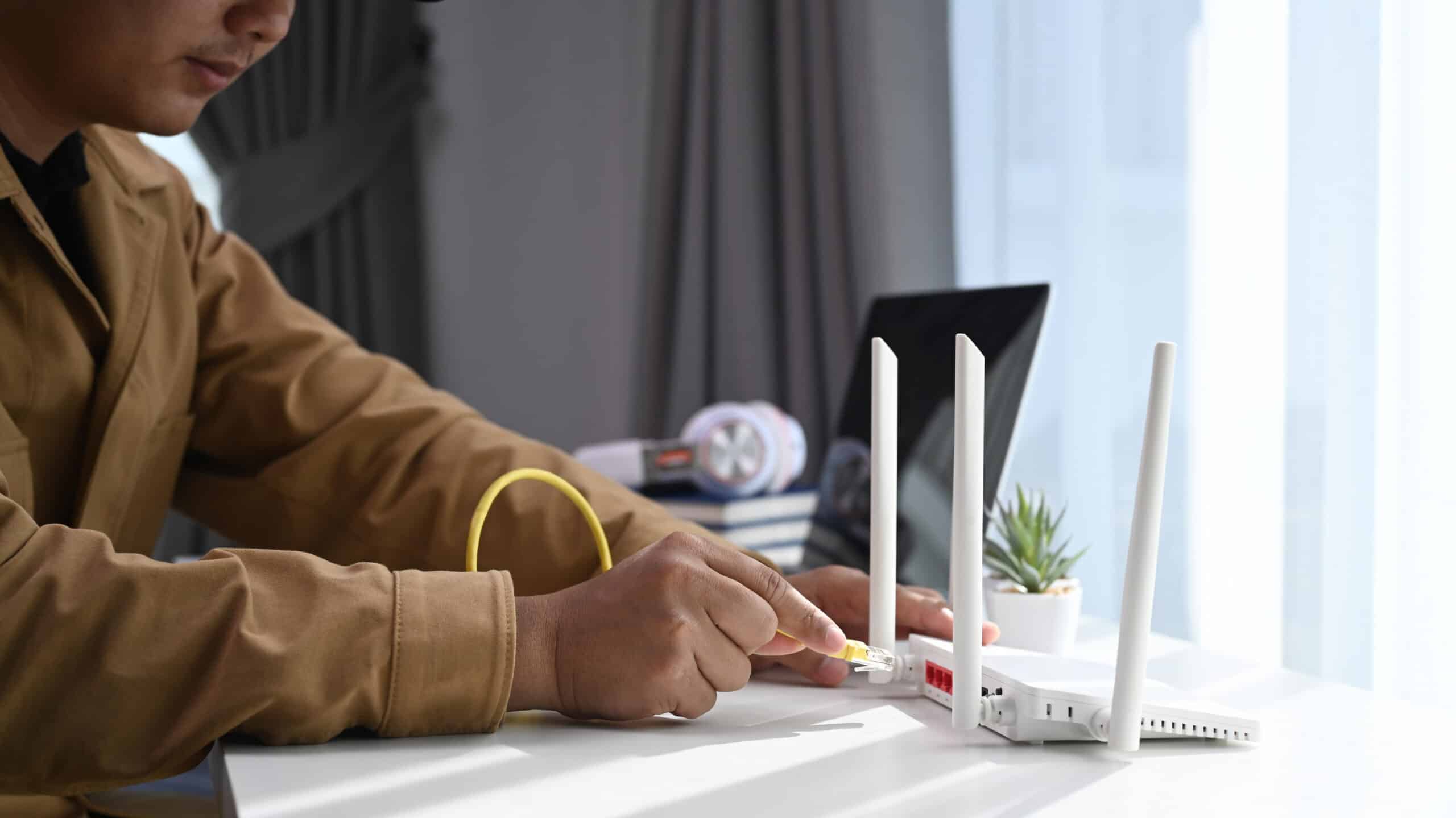
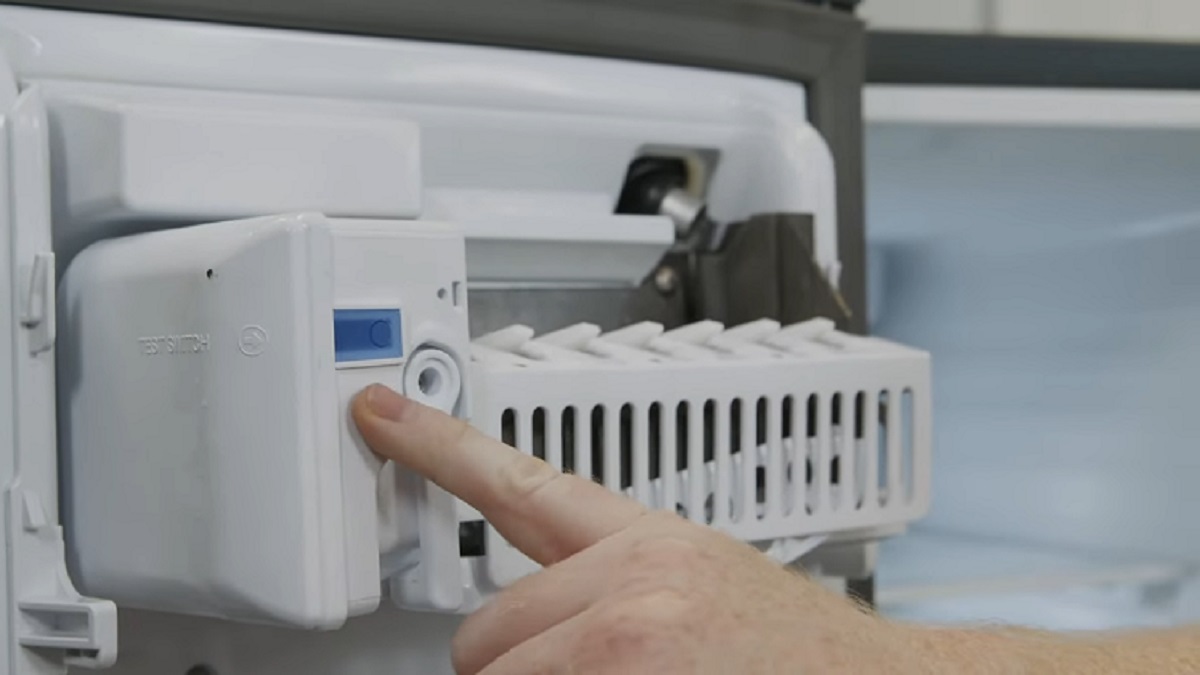
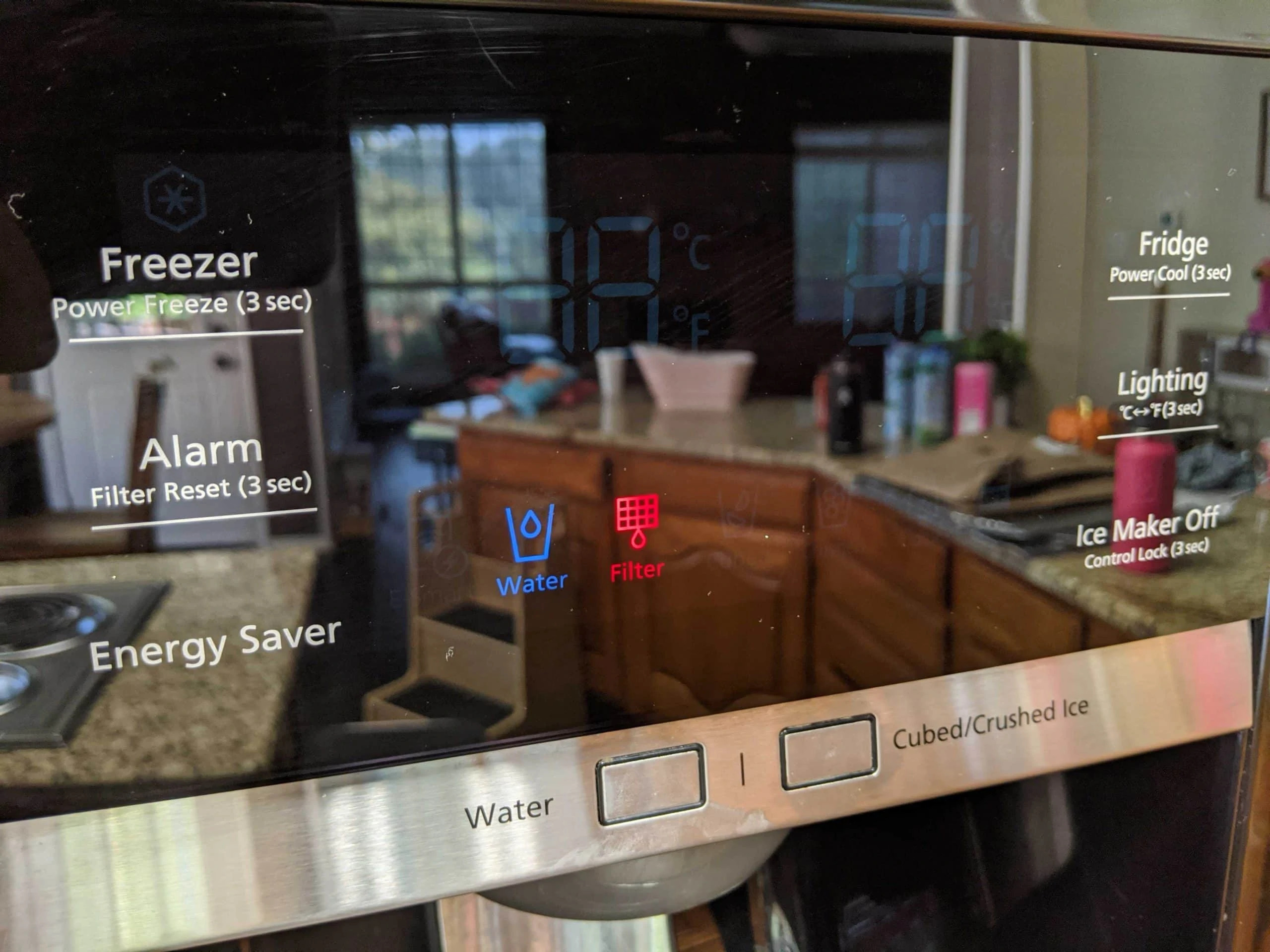
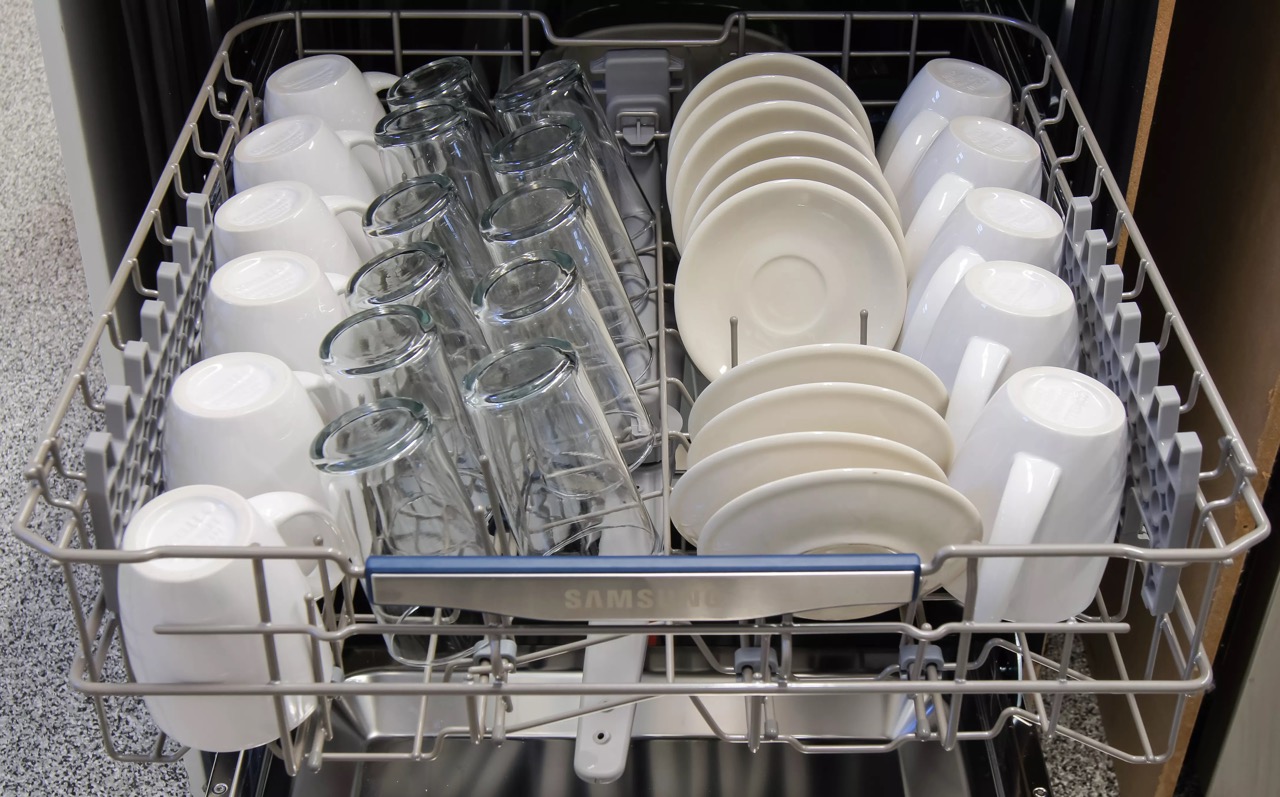
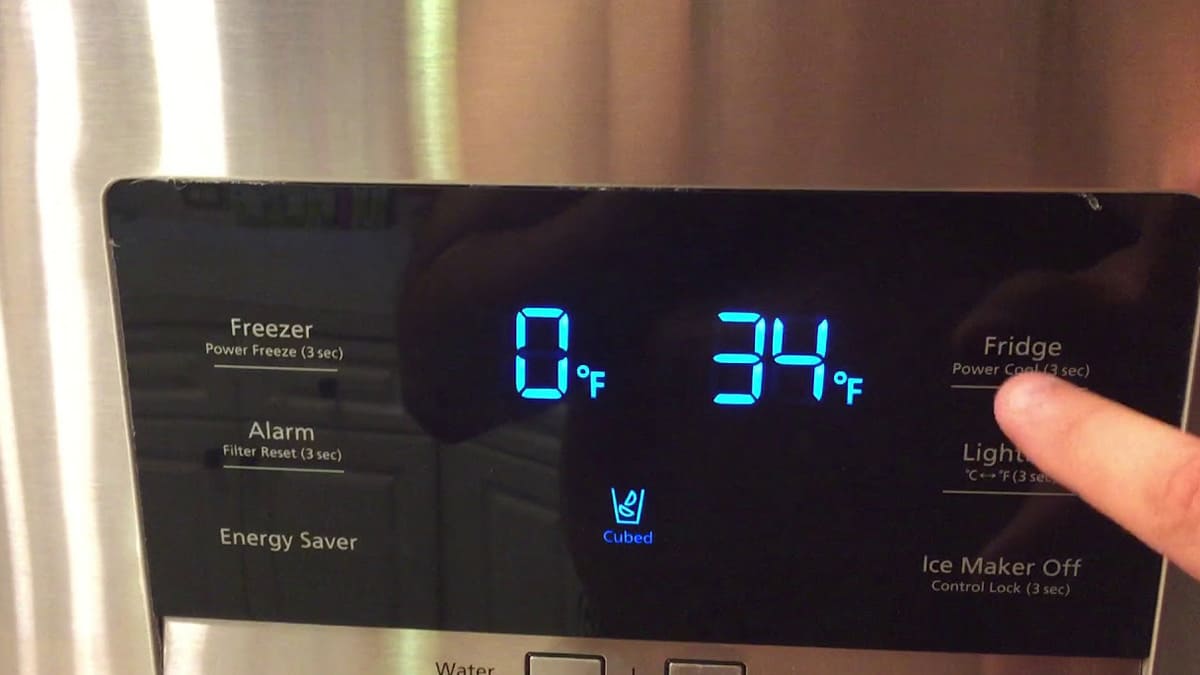
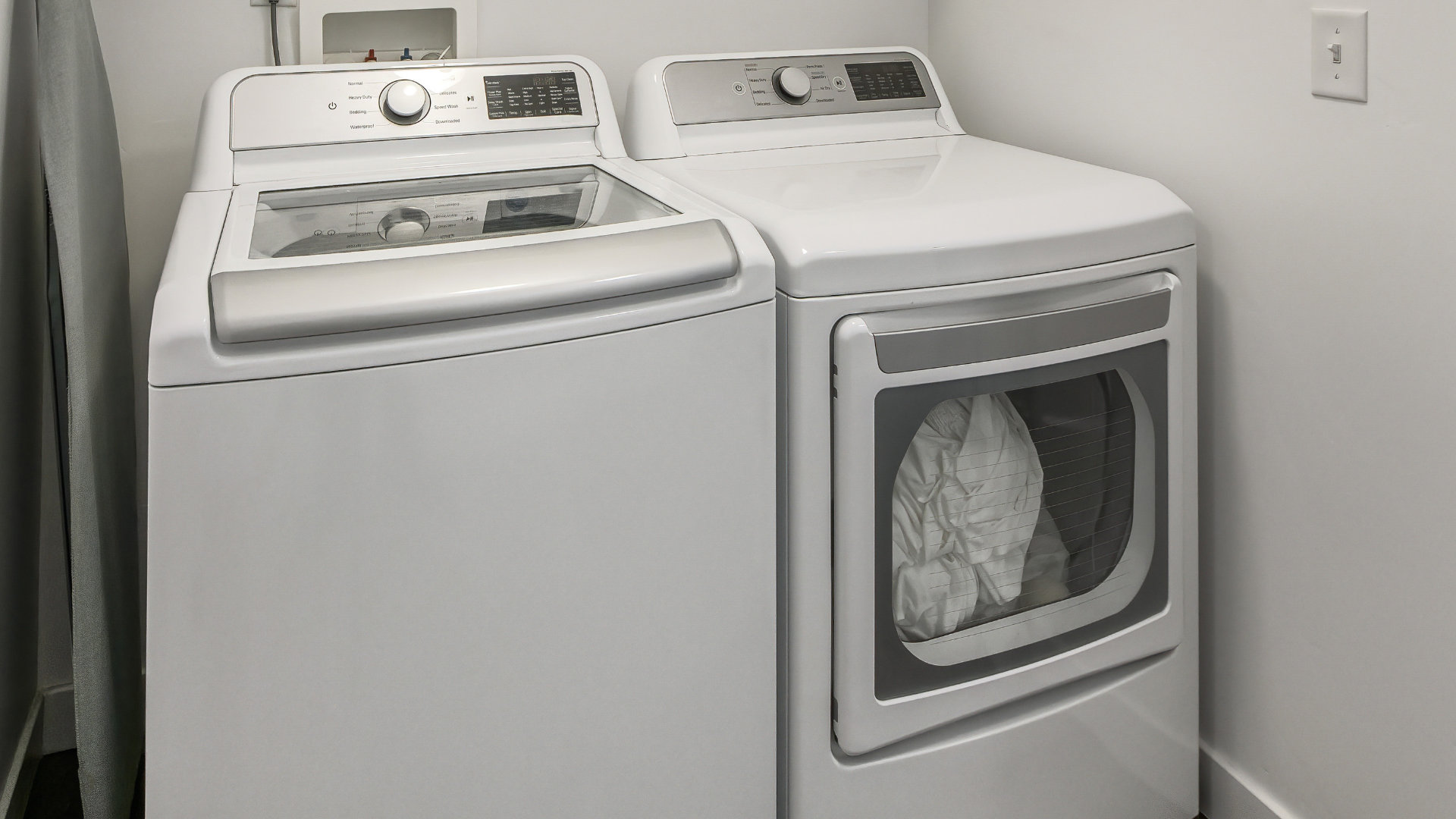
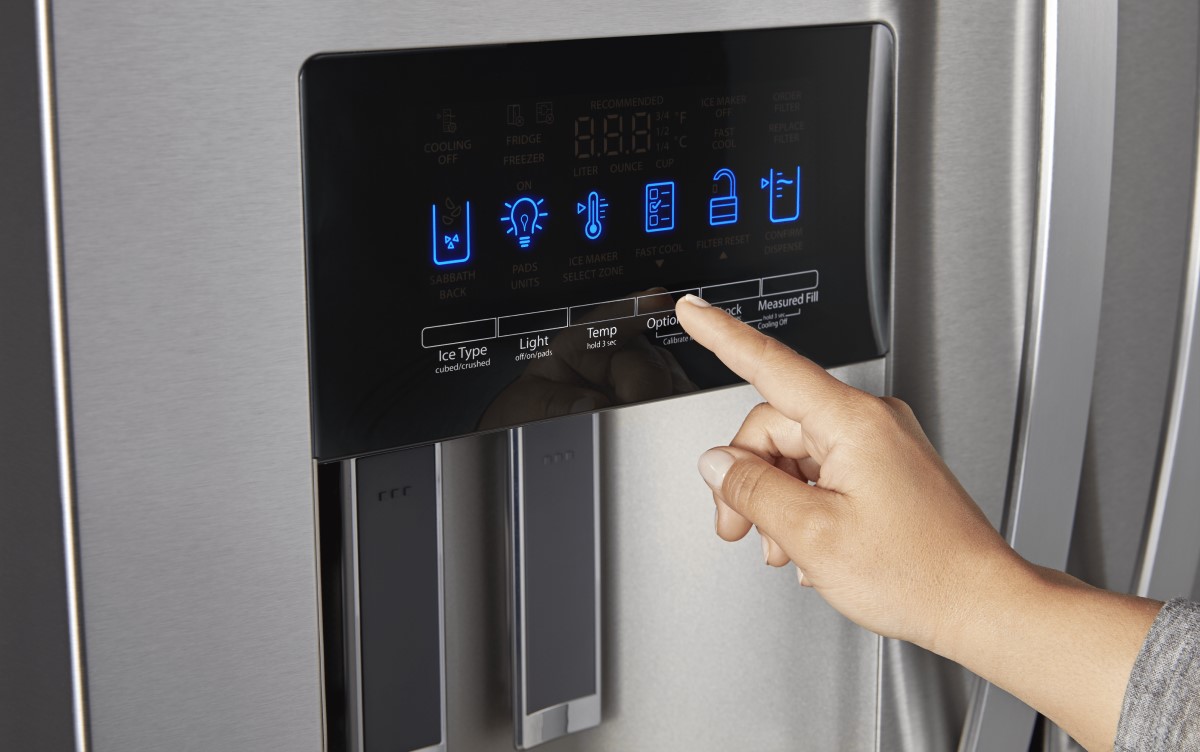
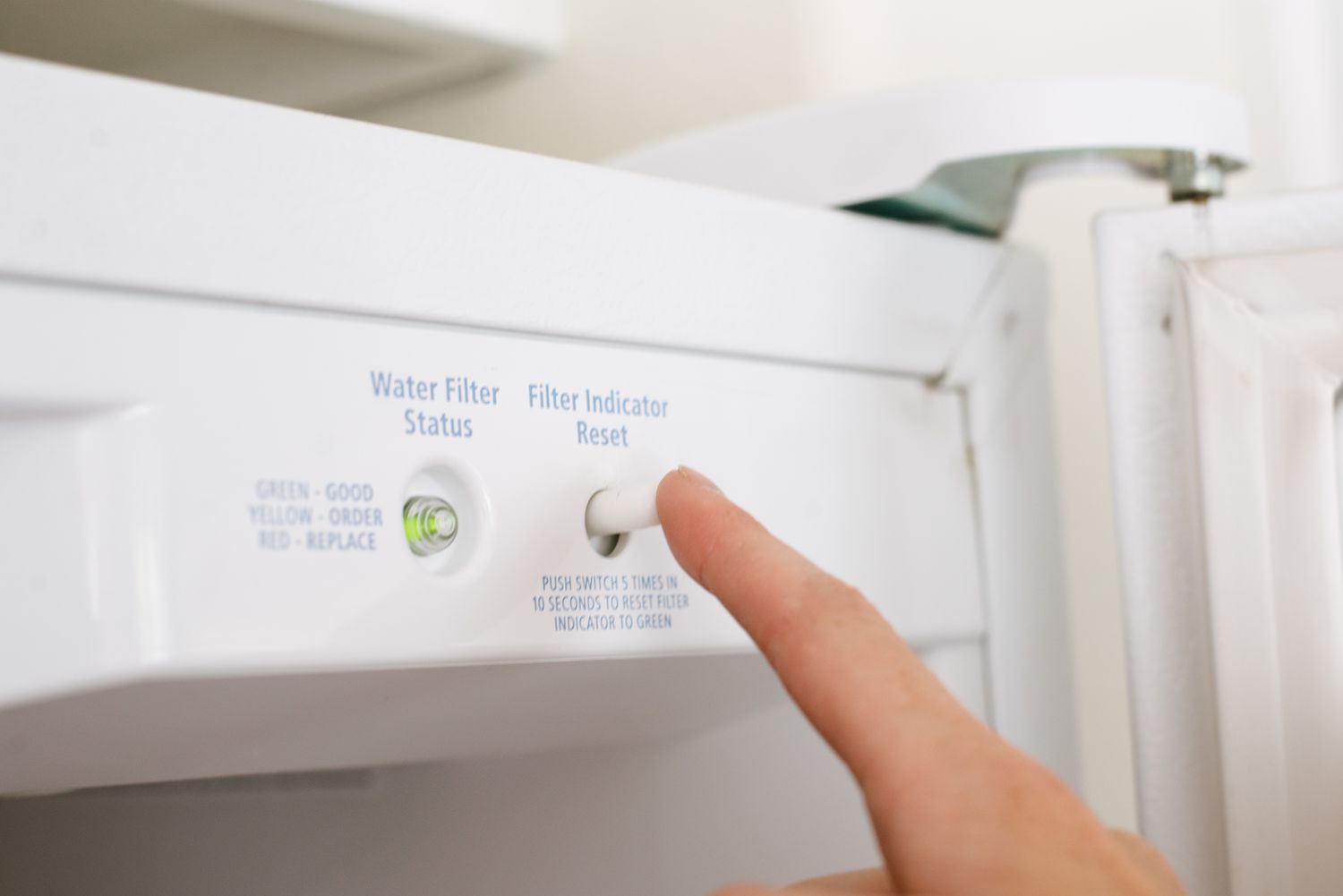
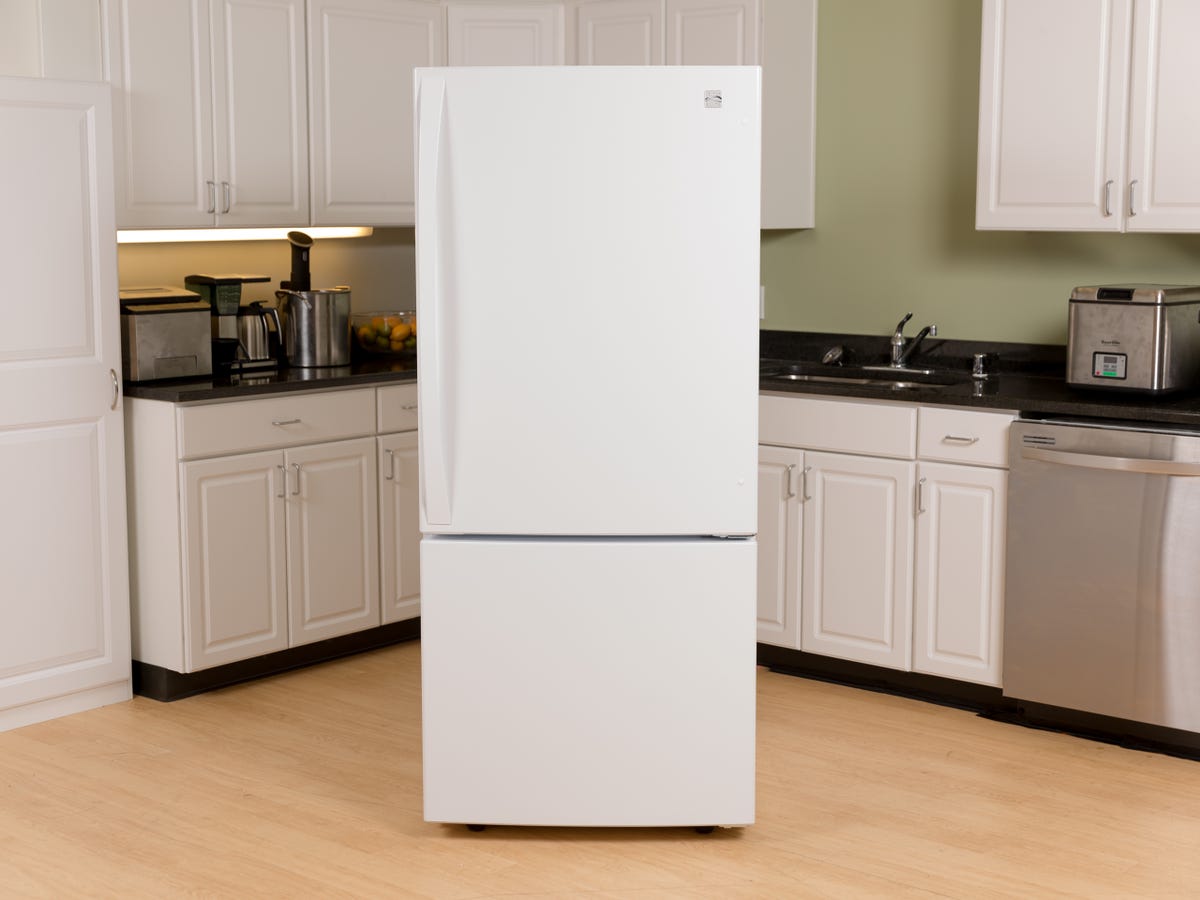
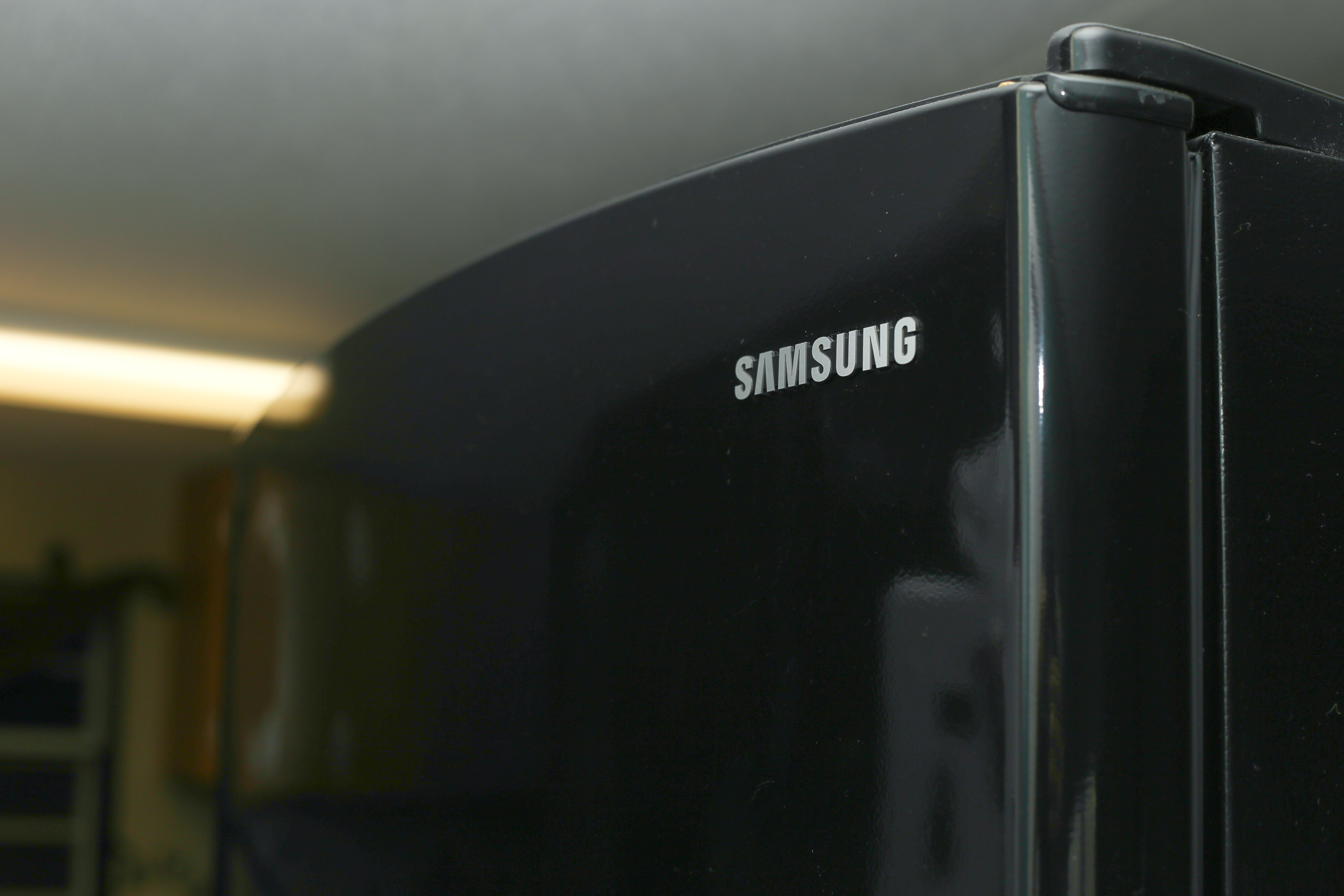
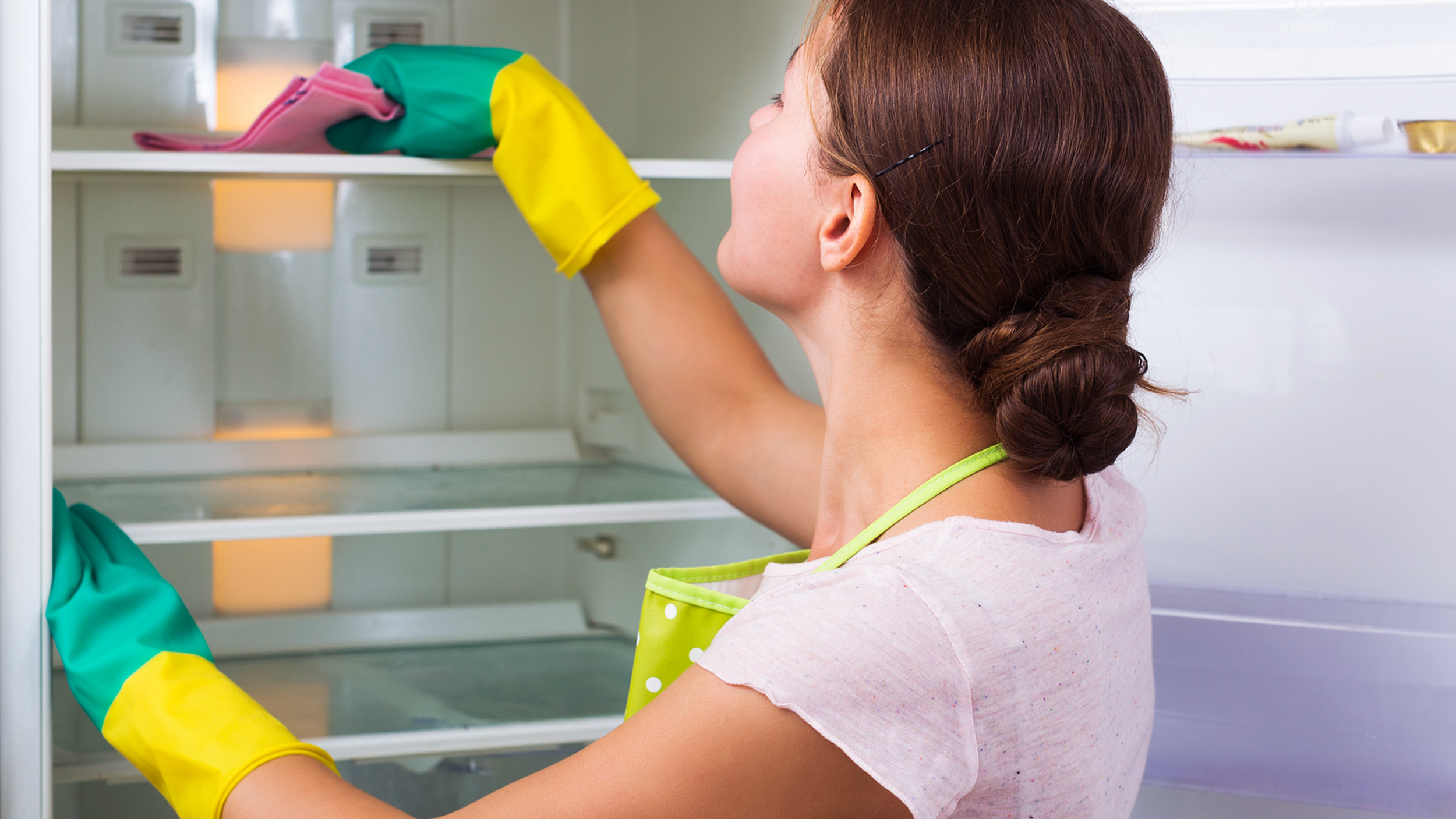
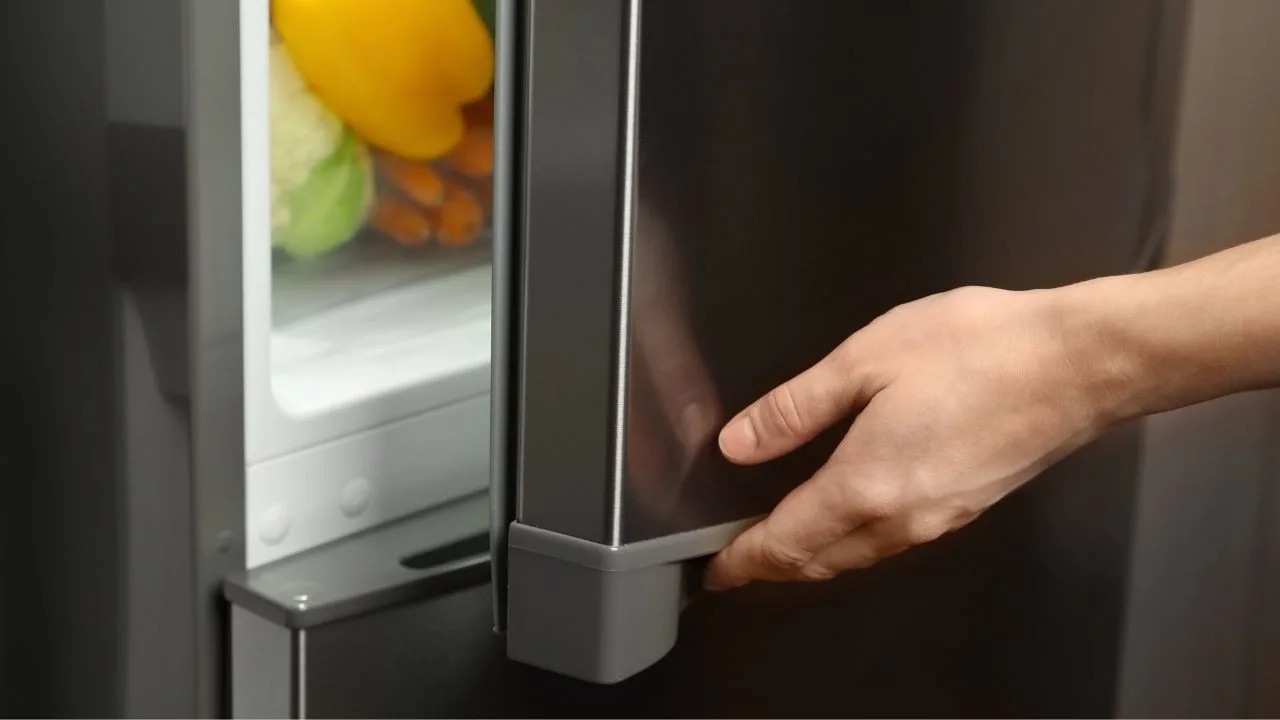
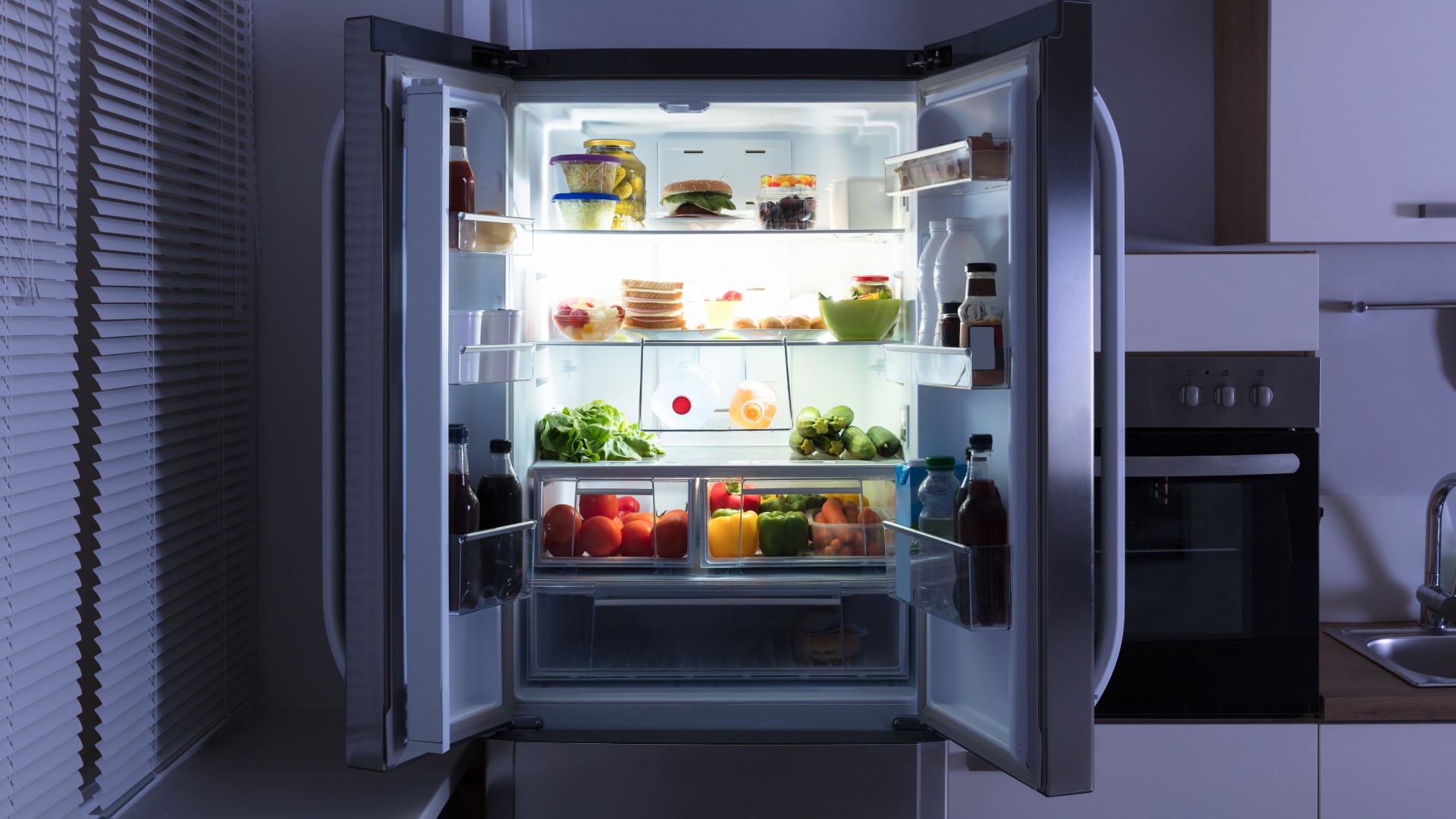
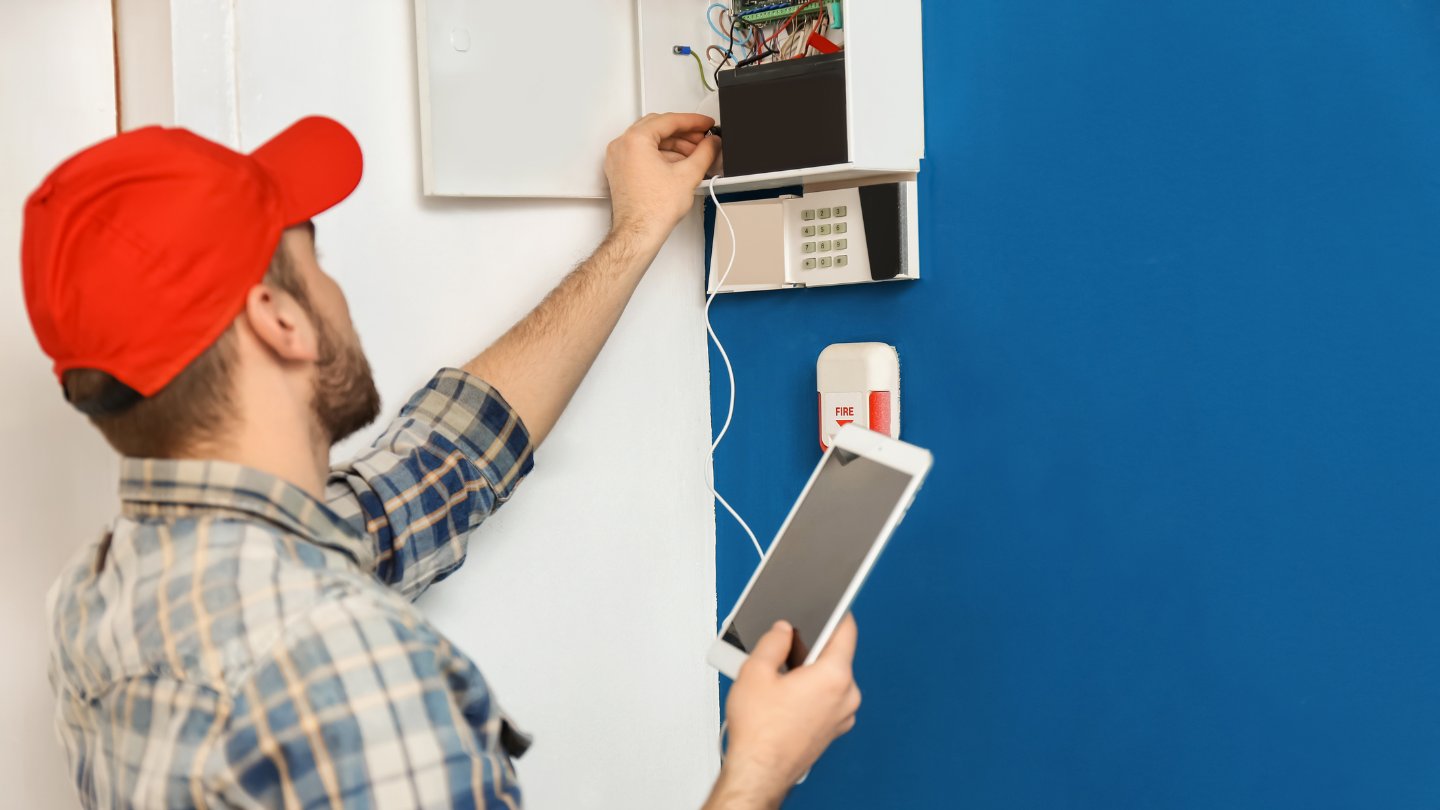

0 thoughts on “How To Reset A Samsung Refrigerator After A Power Outage”